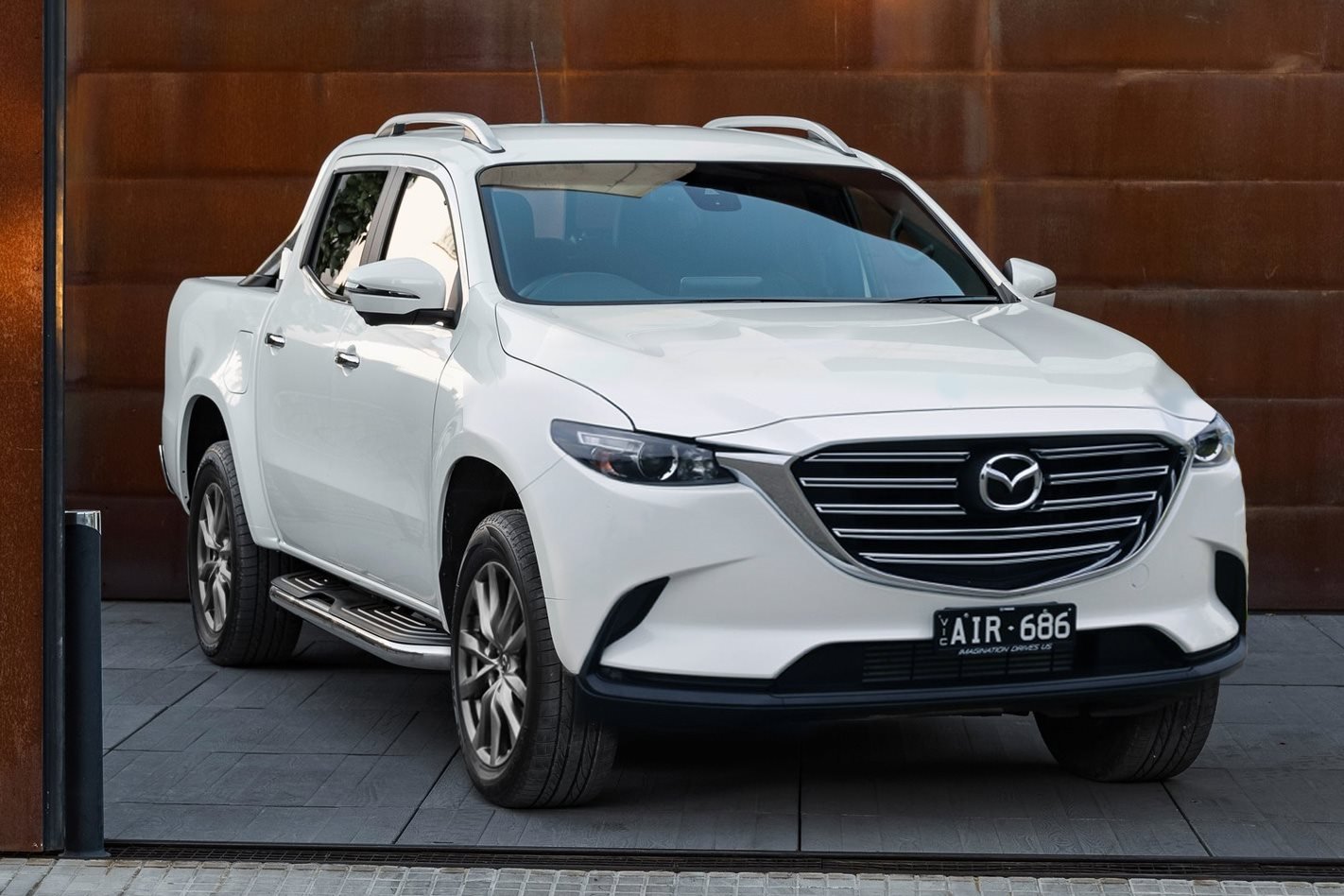MAZDA’S next-generation work ute will be based on the Isuzu D-Max and share much of its mechanicals, but the design will be an all-Mazda affair. What’s more, Mazda top brass have indicated the company won’t pursue Tonka-toy aesthetics to help its BT-50 compete against more visually aggressive rivals.
Speaking to Australian media at the 2017 Tokyo Motor Show, Mazda’s managing executive officer and head of design Ikuo Maeda said tailoring the new BT-50’s sheetmetal to satisfy market demand for tough-looking utilities while still staying true to Mazda’s Kodo design language was going to be a tricky balance.
“It is a challenge,” Maeda said. “We have to focus on creating a beautiful form but adding tougher elements to make it manly.”
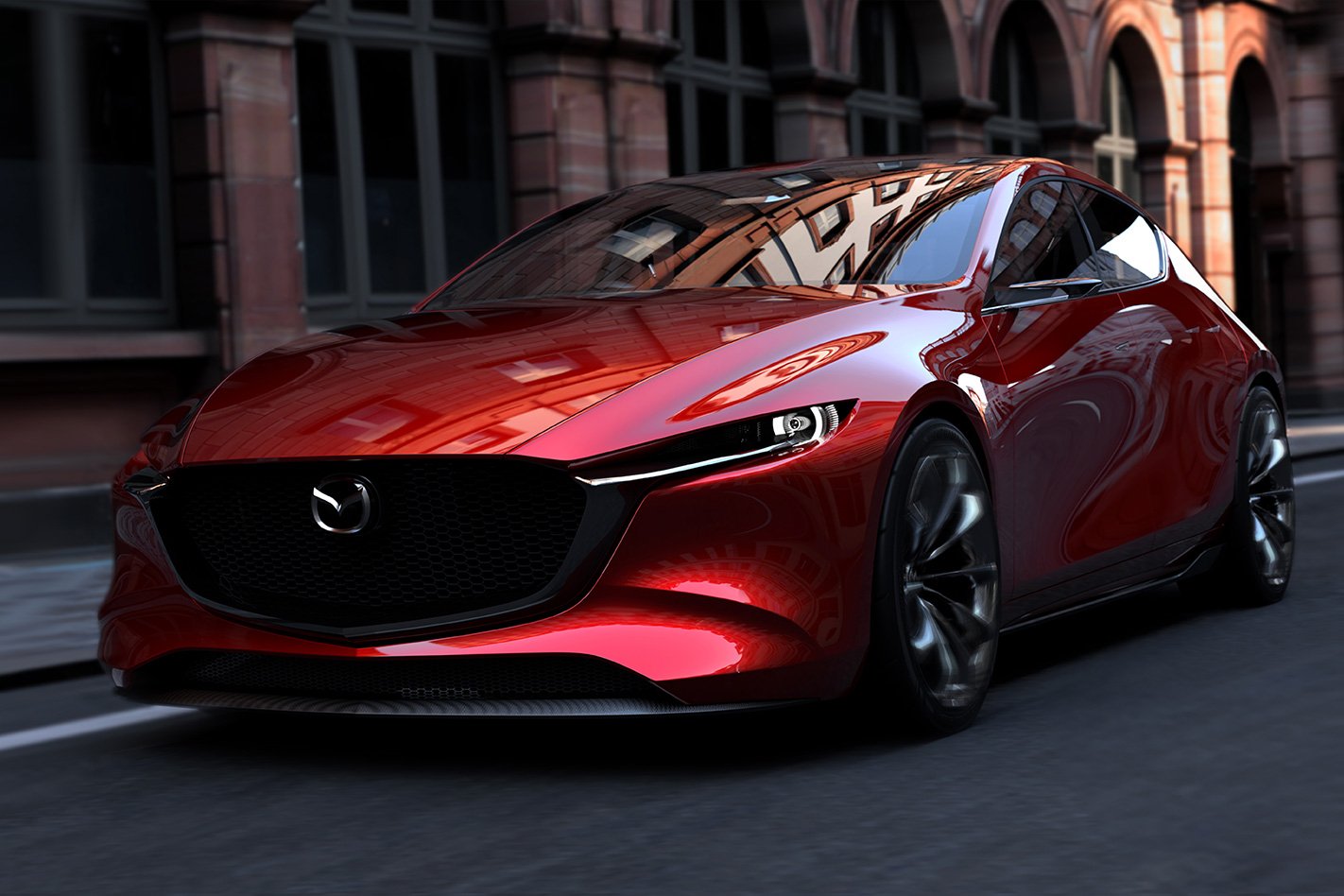
And taking one look at Mazda’s two showstopping Tokyo concepts – the Vision Coupe and the Kai Concept (above and below) – the “challenge” becomes apparent. With taut, stretched sheetmetal drawn over elegant and low-slung forms, it’s difficult to mentally transpose that design language over the upright, blunt-nosed shape of a one-tonne 4WD dual-cab.
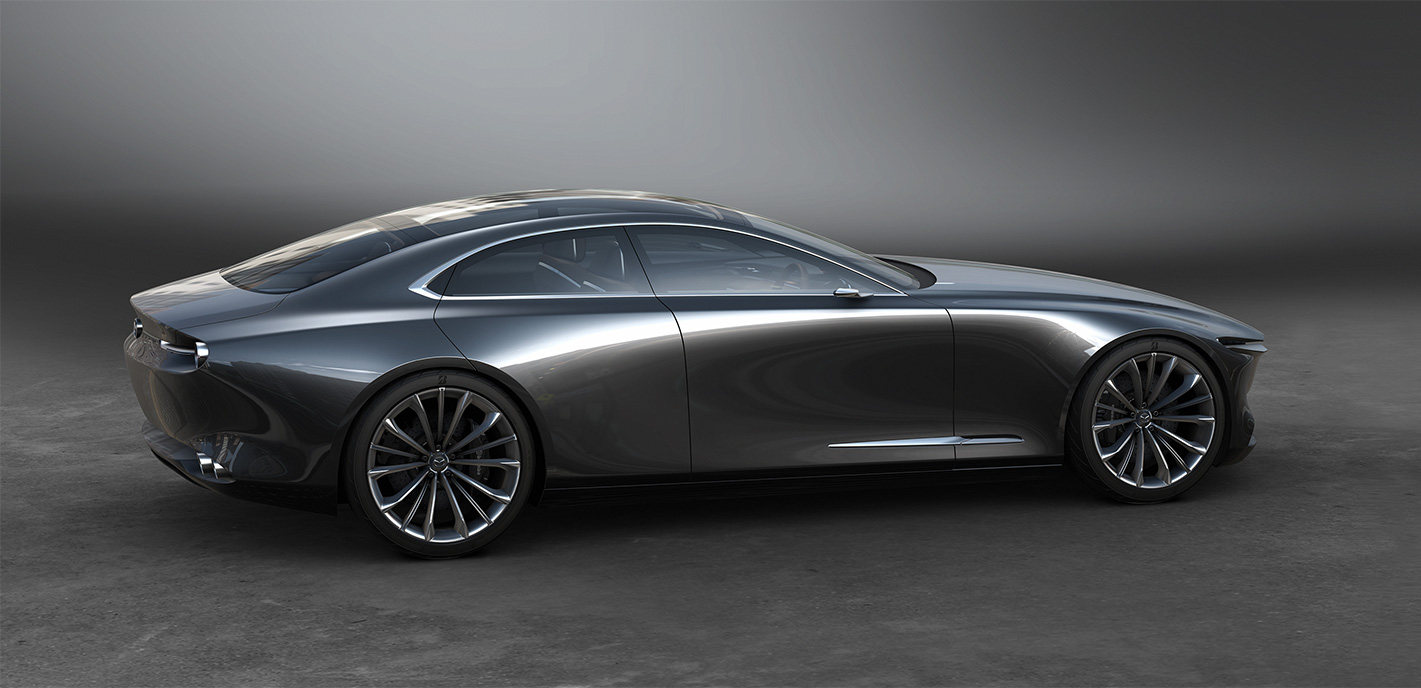
And that’s further compounded by the fact that Mazda will have little say in the engineering of the next BT-50. Isuzu’s D-Max will take over from the Ford Ranger as the BT-50’s organ donor, and it’s Isuzu that will set all of the hard points for the Mazda-designed cabin and ‘top hat’ that will sit on top.
In fact, the next BT-50 will be the only model in Mazda’s future showroom to not be built on the company’s SkyActiv platform or utilise its SkyActiv powertrains. Mazda’s managing executive officer in charge of powertrain development, Ichiro Hirose, also denied the company’s recently-patented triple-turbo diesel engine (below) was destined for the new BT-50.
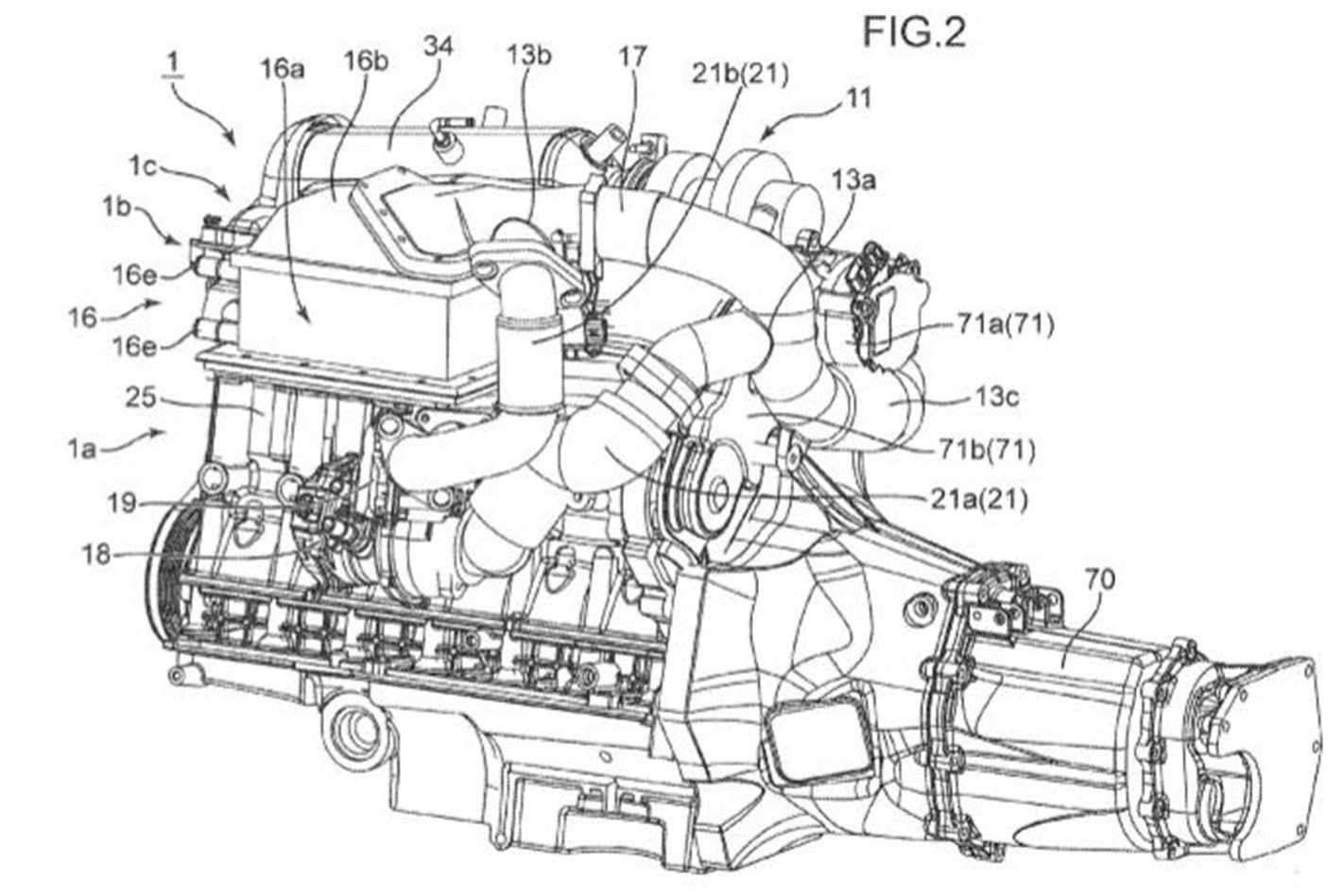
With styling the key point of difference, then, the BT-50 has to look right. Case in point, the current-gen BT-50 hasn’t achieved anywhere near the same level of market share as the Ford Ranger, despite sharing the bulk of its mechanical package with the its Blue Oval cousin.
In the 4×4 pickup category, the Ranger outsells the BT-50 by a factor of four – something that’s largely been put down to the difference between the Ranger’s masculine styling and the BT-50’s more carlike aesthetic.
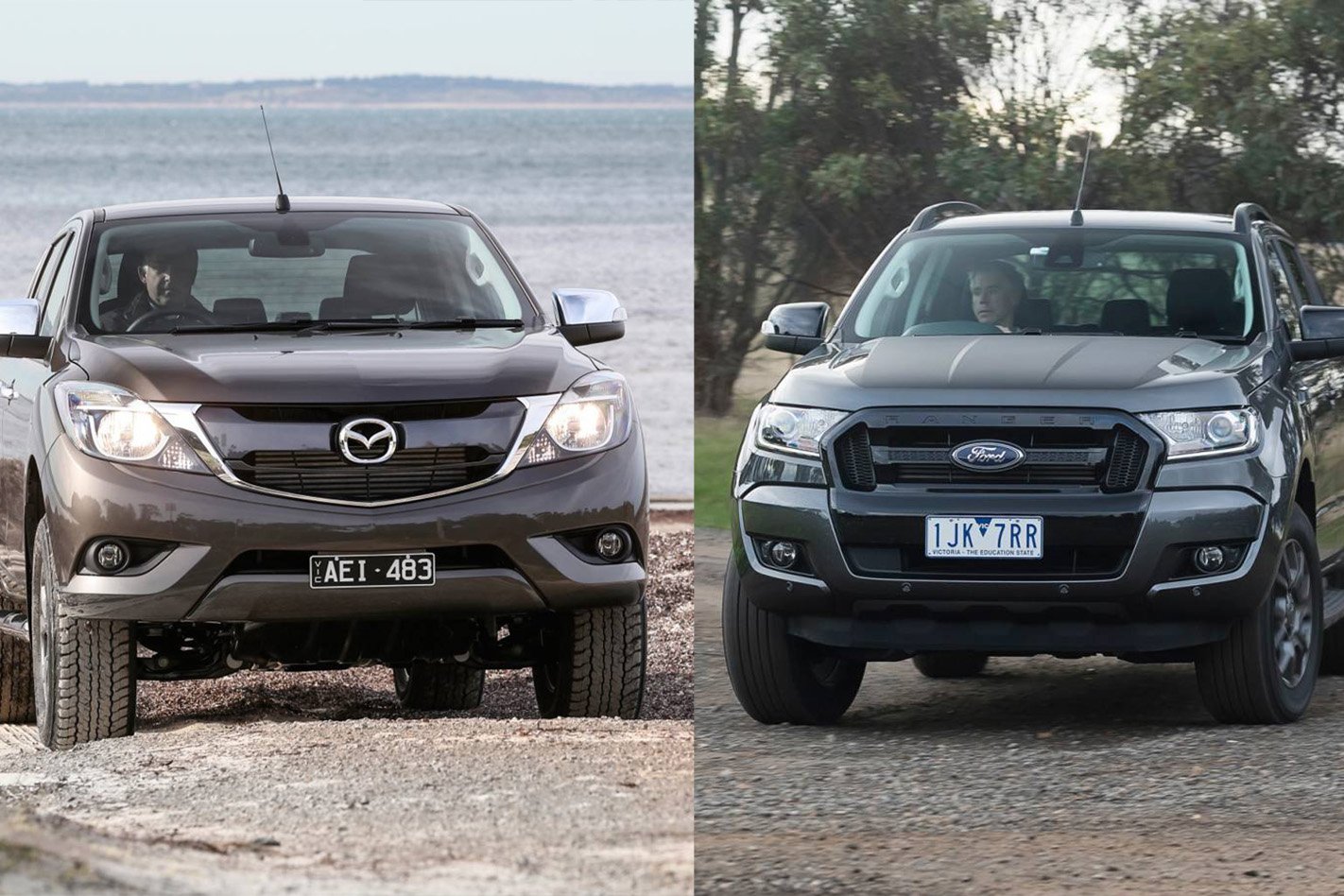
But don’t expect boxy plastic wheelarches to be slapped onto the next BT-50 to toughen it up. Mazda may be aware that design still matters even in the commercial vehicle segment, but it’s not going to compromise by following the crowd.
“We have to keep the Mazda brand – that is key,” said Mazda director Kiyoshi Fujiwara.
And some of that Mazda flavour will be baked into tunable components including the suspension and steering, not just the sheetmetal and cabin décor. But as for the potential of a wagon-bodied derivative based on the next Isuzu MU-X, that’s not on the cards.
“No, it’ll probably be the same as the current situation,” said Fujiwara, referring to Mazda’s decision not to base its own fourbie wagon off the Ranger-platformed Ford Everest SUV.

